|
American Kestrel with recent kill on a snag above the roadway, Ft. Lowell Park, Tucson, Arizona, November 21, 2020, 9:30 am. Today's post will be about finding food and eating. After all, a bird's life is all about getting lunch before being lunch, finding a mate, and making more birds. Food, of course, comes first! As we all wrap up the holidays, for better or worse, I think we can agree. (I think I smell dinner . . . .) I will start with an American Kestrel eating after a successful hunt. If seeing a bird eating another bird makes you feel queasy, go on to the next entry, the Lark Sparrow. They stick to seeds and insects. Also, if you are a vegetarian or vegan, you might want to skip ahead. This female American Kestrel has grabbed a bird which I can say with pretty good certainty had black and white feathers, but at this point in the meal was otherwise unidentifiable. The Kestrel appears to have eaten most of the bird, and is working her way down to the thigh. Note that most raptors start with the head. Note that male Kestrels have similar markings, but with slate gray wings. For more on the American Kestrel, see the Cornell All About Birds site. In the image shown below we see that she has one leg left, complete with the foot, which she eats whole as we will see further on in the series. If this seem gross or unseemly, don't forget the time you gnawed on a chicken leg, or went out for wings and hot sauce. This may remind some of an old camp song, something about, "great green gobs of . . " and "dirty little birdie feet . . ." Caution, once this song gets in your head, it is hard to get rid of . . . For more images of a bird swallowing "the whole thing" click here. In the images shown below we see our Kestrel toward the end of her meal, getting every last bite off of her talons. Nothing goes to waste, and one must keep ones nails clean! Note: No need for toothpicks, birds do not have teeth. They use their sharp and strong bills for crushing and breaking food apart, and their tongues to help get it down. Lark SparrowOn the field just under the American Kestrel was a flock of Lark Sparrows feeding on seeds. In retrospect it is somewhat surprising that the sparrows were grouped en masse so close to a predator. They were both eating as it were, so maybe they put aside differences for a communal lunch break. Lark Sparrows live year round in SE Arizona, Texas, Mexico and the California coast, breeding throughout the central U.S as far east as Ohio and Indiana. They frequent prairies, grasslands with low understory, eating insects and seeds. Adults are gray with a thick bill and a striking head pattern that we see here. They have a black spot in the middle of the breast which we may be able to see faintly in the image shown below. Lesser GoldfinchNot far from the Lark Sparrows we found several Lesser Goldfinch in a large Desert Broom (Baccharis sarothroides), which is a member of the sunflower family, which these goldfinches favor. Note that they also eat coffeeberry, elderberry, and madrone fruits, as well as buds of cottonwoods, alders, sycamores, willows, and oaks. Lesser Goldfinches are regulars in backyard feeders, especially Nyjer seed feeders. Lesser Goldfinches live throughout Mexico, southern Texas, New Mexico, Arizona, California and the northern California coast. Many thanks to Jeff Babson for the plant identification. Belted KingfisherFull disclosure here: This Belted Kingfisher was photographed on water not really in Ft. Lowell park, but not far away. I suspect this is the same kingfisher who has been spotted on the pond at the park. The Belted Kingfisher is in the family Alcedinidae, one of six families in the order Coraciifiormes. This order is diverse and includes Bee-eaters (Meropidae) , Rollers (Coraciidae) Ground-rollers of Madagascar (Brachypteraciidae), todies (Todidae), and motmots (Momotidae), as well as Kingfishers. (Ref: Lovette and Fitzpatrick, The Cornell Lab of Ornithology Handbook of Bird Biology, Third Edition, pp 49-50) Kingfishers are sit-and-wait predators that eat mostly fish. The Belted Kingfisher lives throughout North America, breeding in the very northern U.S. and Canada/Alaska. They winter to the south including Arizona and Mexico. They are stocky birds with large heads with a shaggy crest and a straight, thick pointed bill. Perched, they look top heavy. The males are blue-gray above, white below with a blue band, or belt, across the chest. Females are flashier with an added rusty band across the belly. This female likes to hunt for small fish late in the day as the sun is sinking below the tree line, making photography a challenge. However, she is a creature of habit, and has about 6 favorite perches she returns to on a regular basis. The image above has her in a shady spot where she can view the water. In the image below she is taking off from one of her regular perches, heading for the water. Wings up, we can see her body markings well, as well as the underside of her flight feathers and upper side of her tail. In the image below, markings on her dorsal wings are evident, as well as her neck and relatively short tail. In the image below, she is landing into the sun on a favorite snag. Belted Kingfishers emit a loud rattling call that may be the first clue to their presence. SE Arizona is in their wintering territory, and their arrival is a welcome greeting from the north during our winter months. The other kingfisher we can encounter locally is the Green Kingfisher who lives in Mexico, but has been spotted as far north as SE Arizona, with past sightings along the San Pedro River. As of January 1, 2021, eBird shows sightings in December 2020 near Tubac along the De Anza trail. That's it for lunch; poultry, seeds and seafood. Happy New Year and very best wishes for 2021! Stay safe, stay well! Get vaccinated! Happy Trails!
1 Comment
1/10/2021 10:03:59 am
Henry
Reply
Leave a Reply. |
AuthorHenry Johnson, photographer and author of this site. For more detail, see About
Categories
All
Archives
July 2024
|
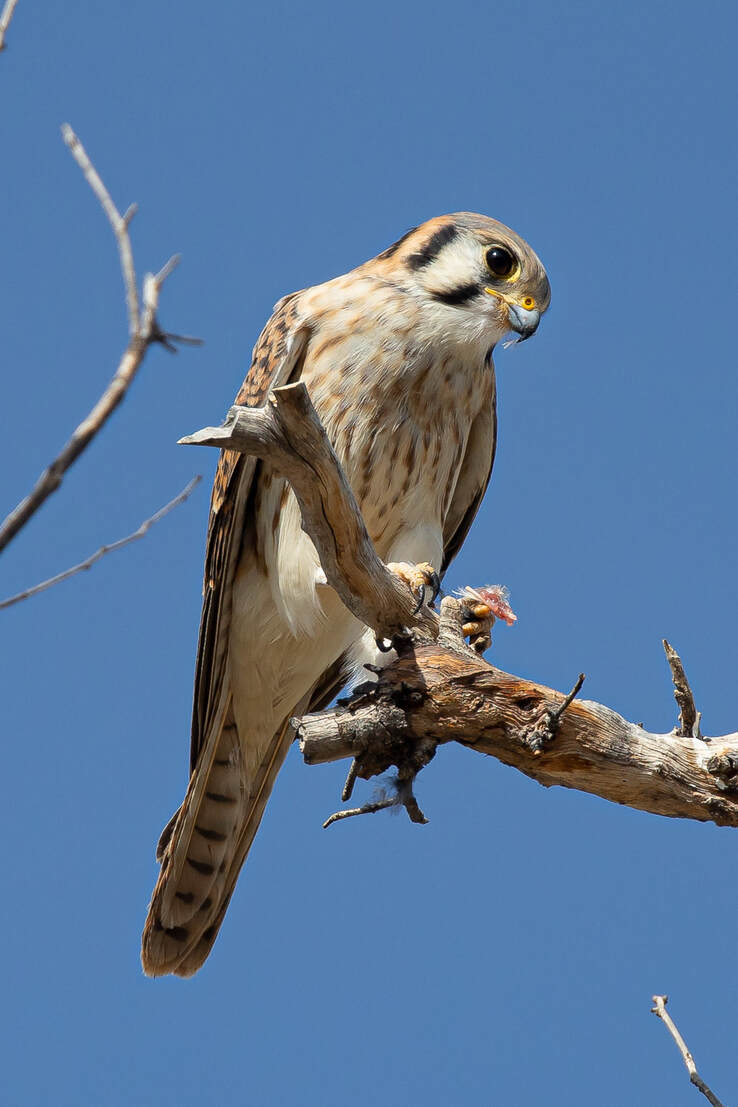
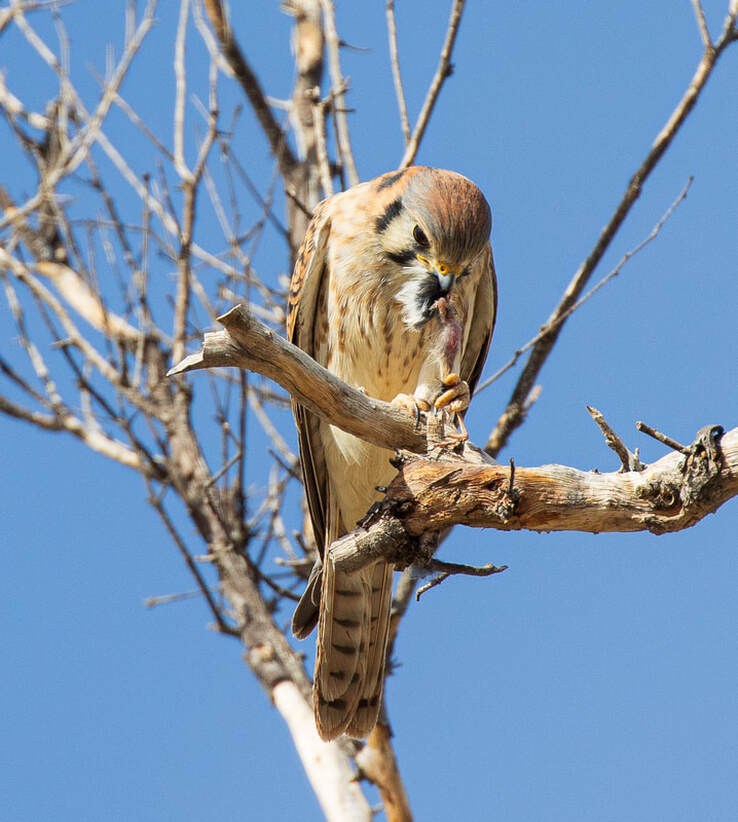
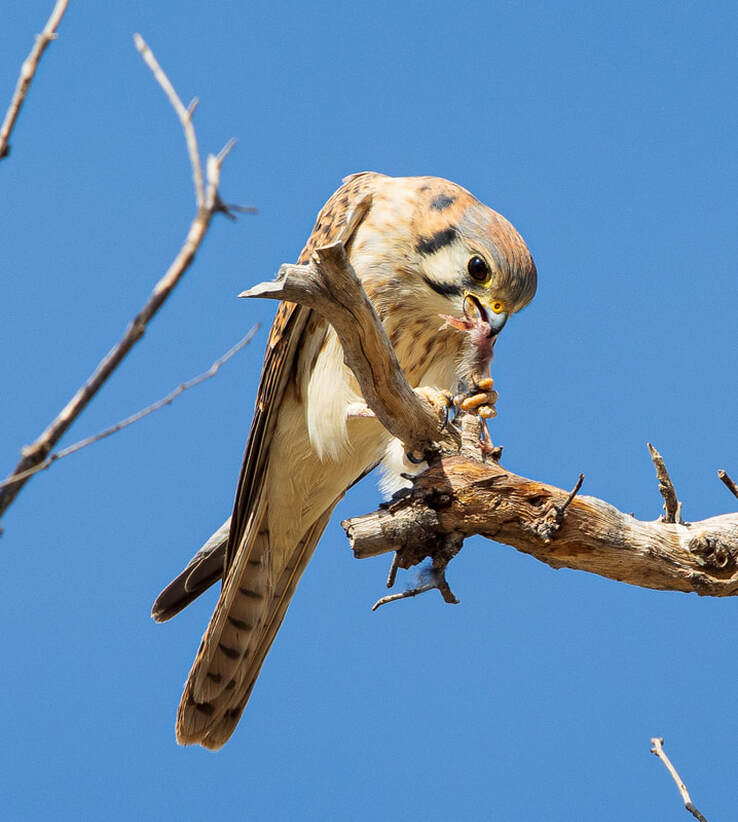
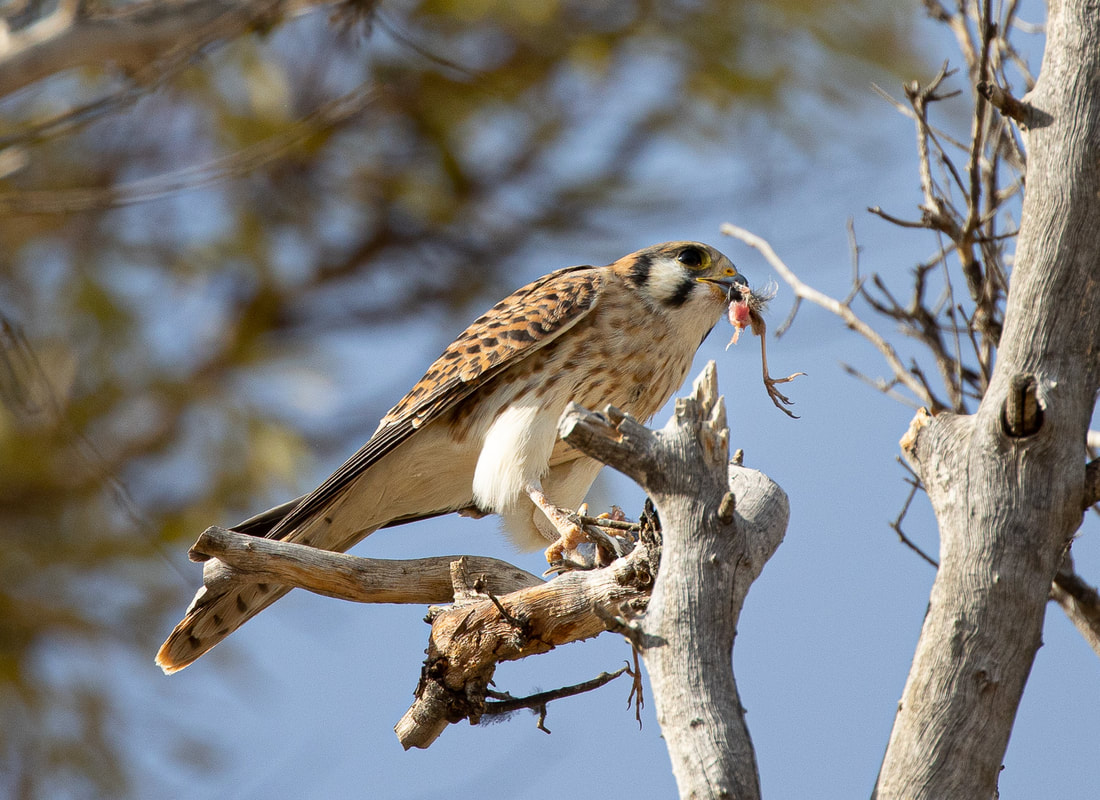
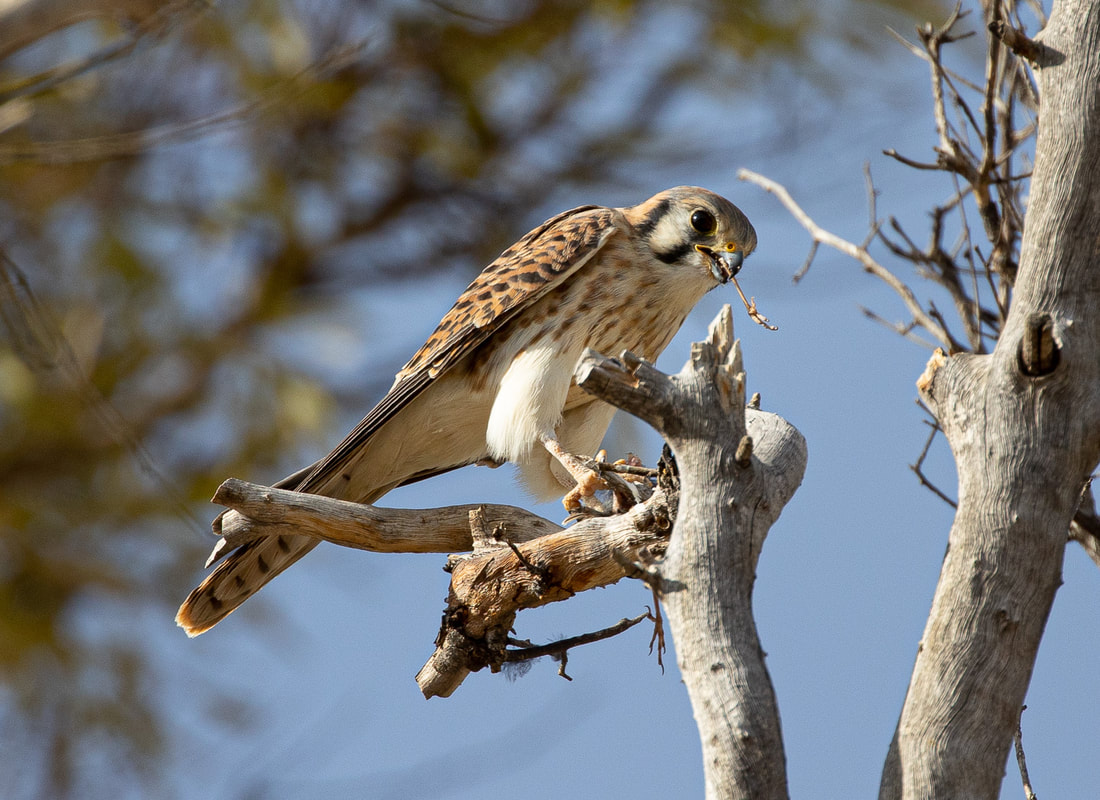
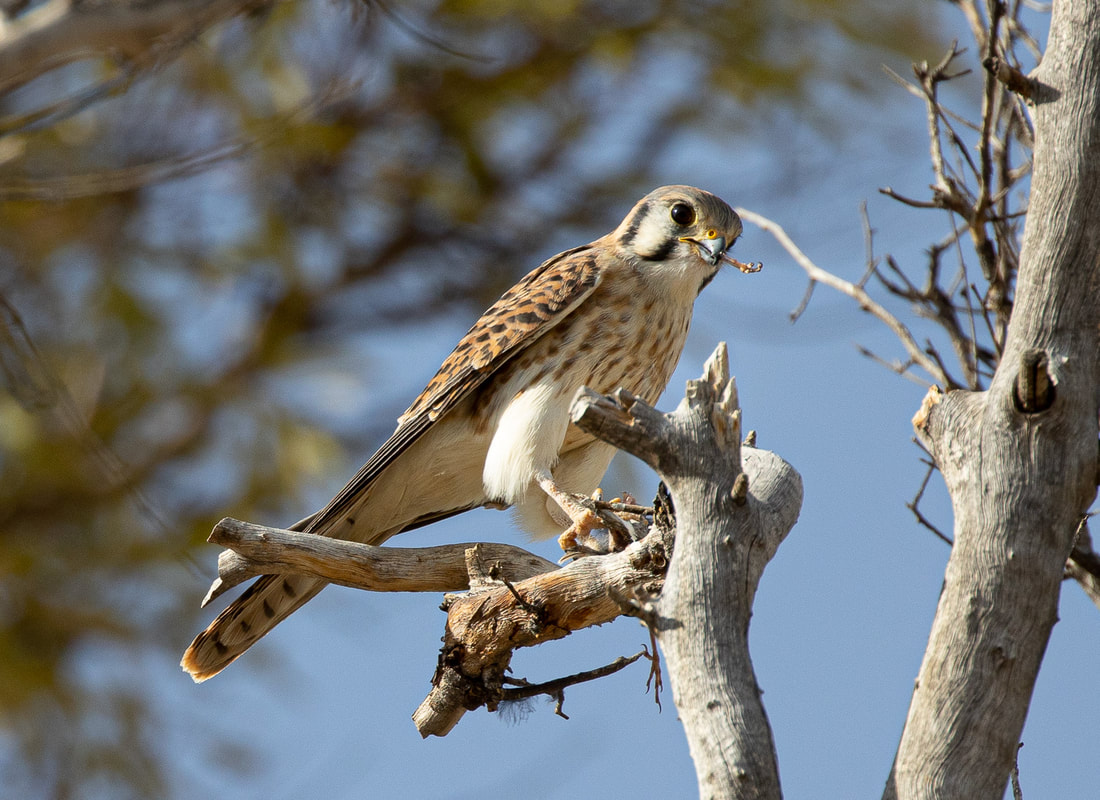
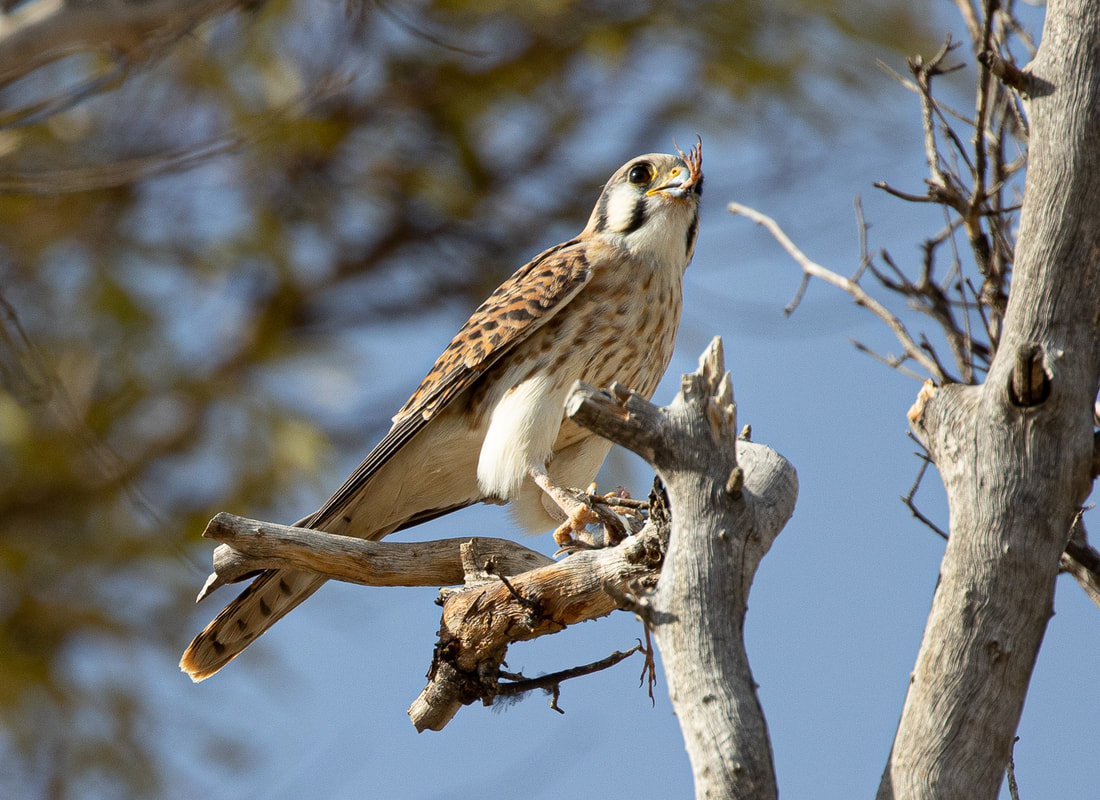
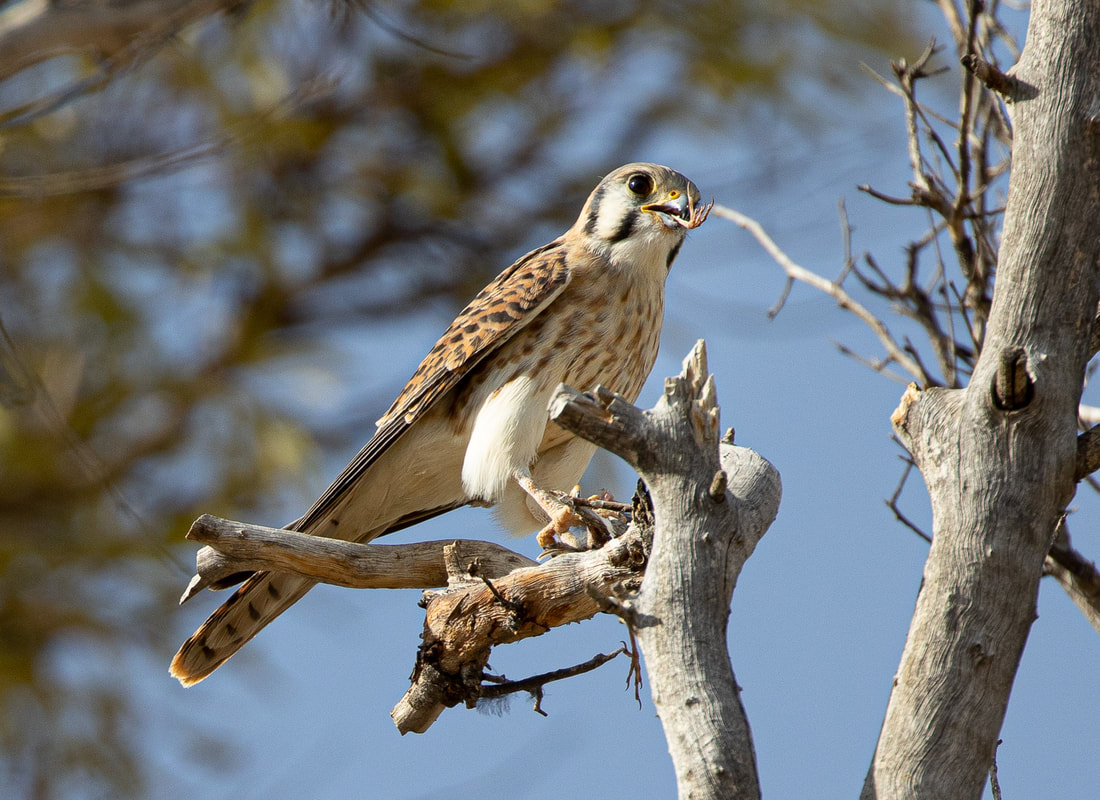
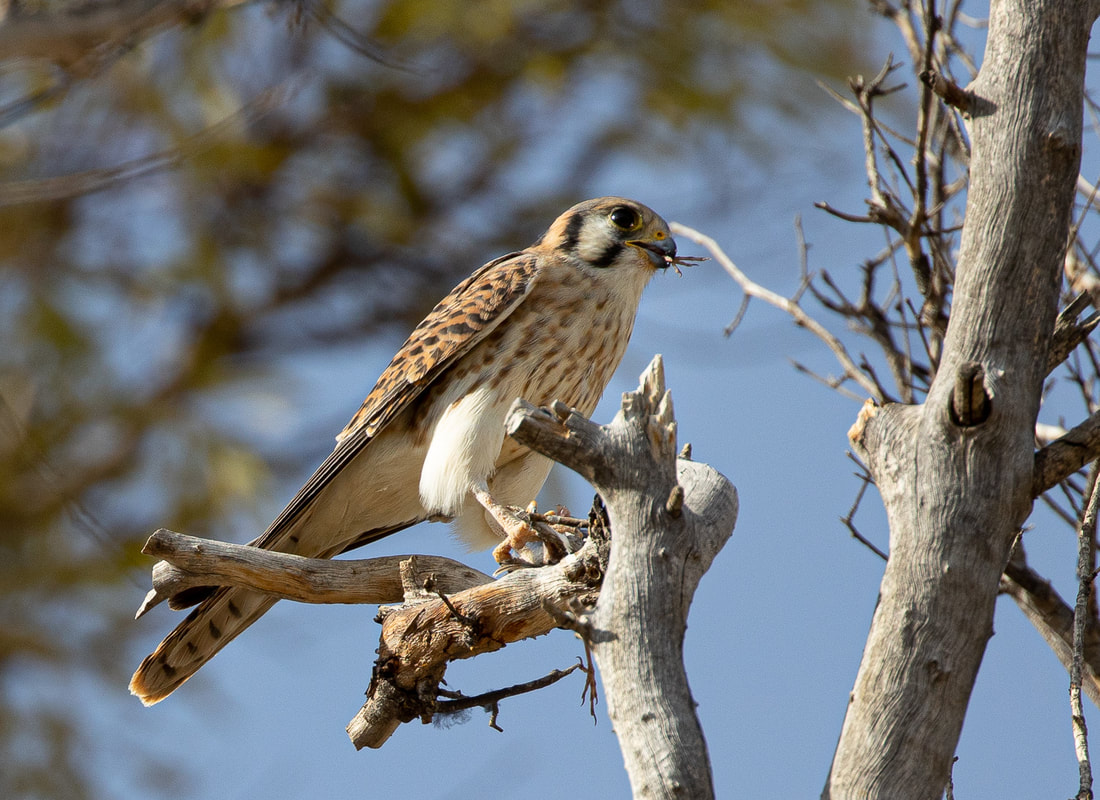
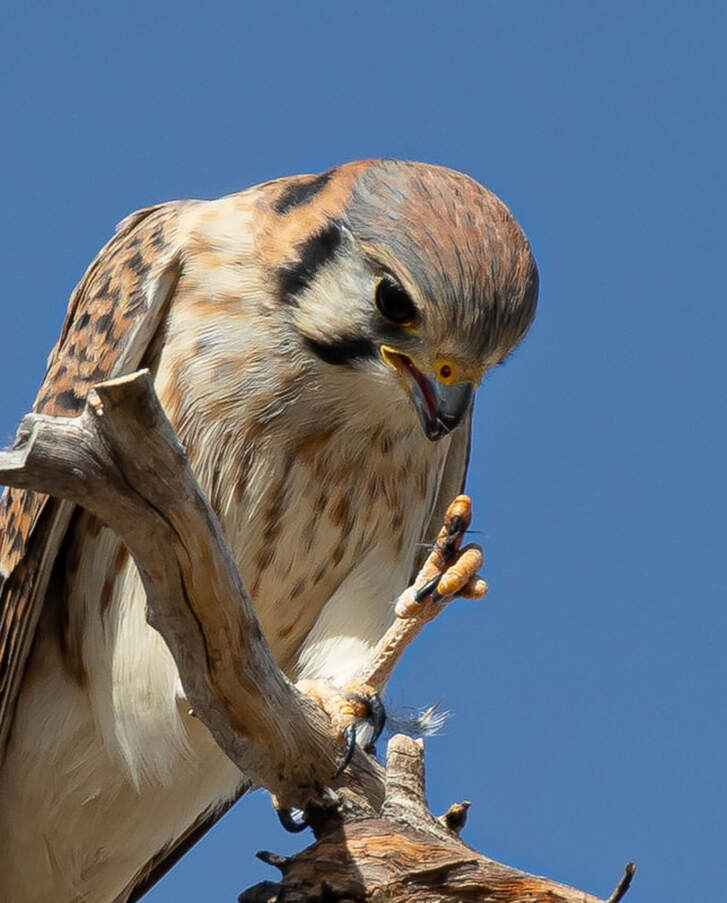
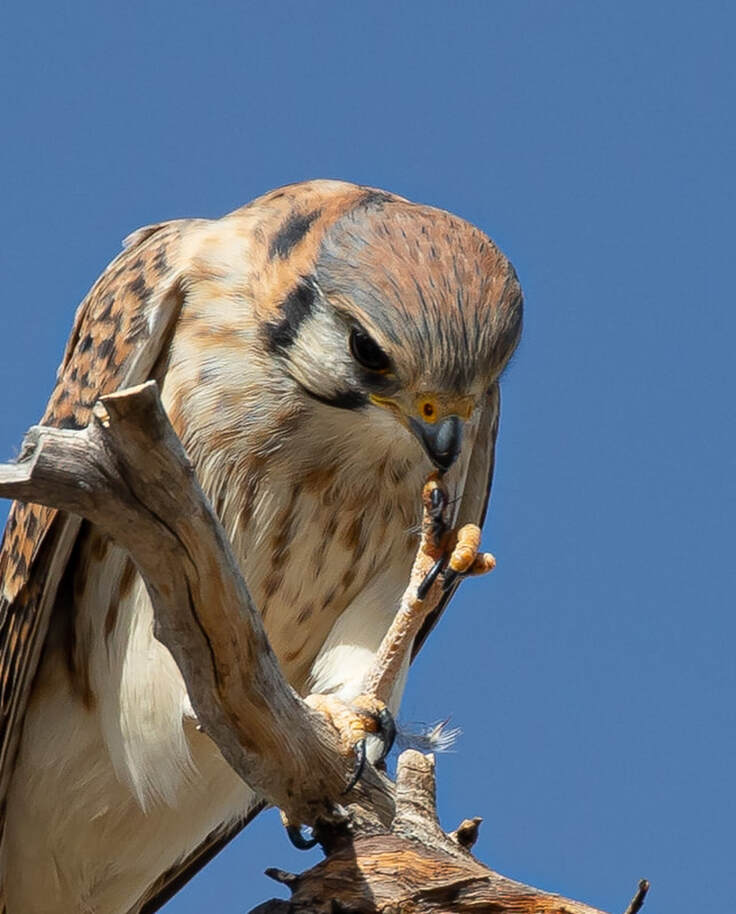
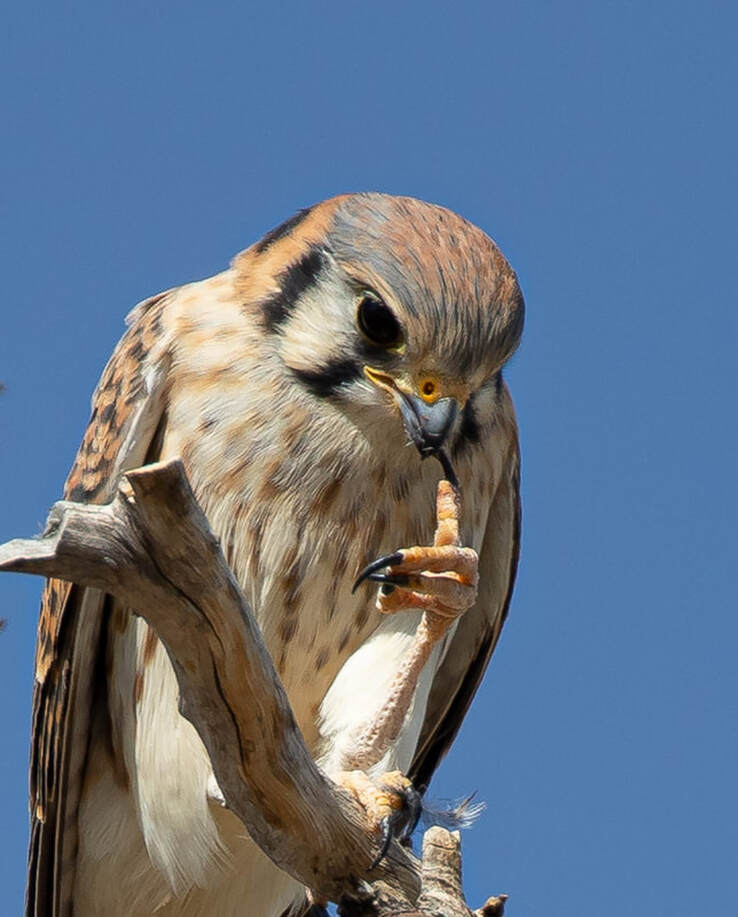
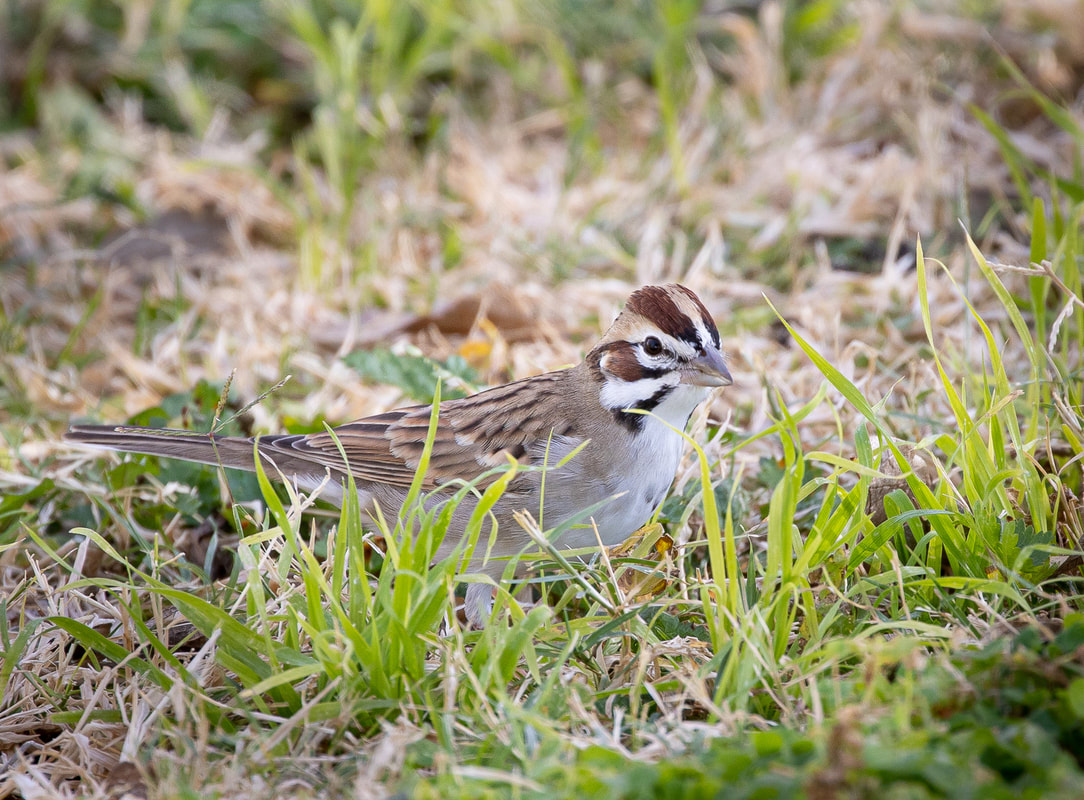
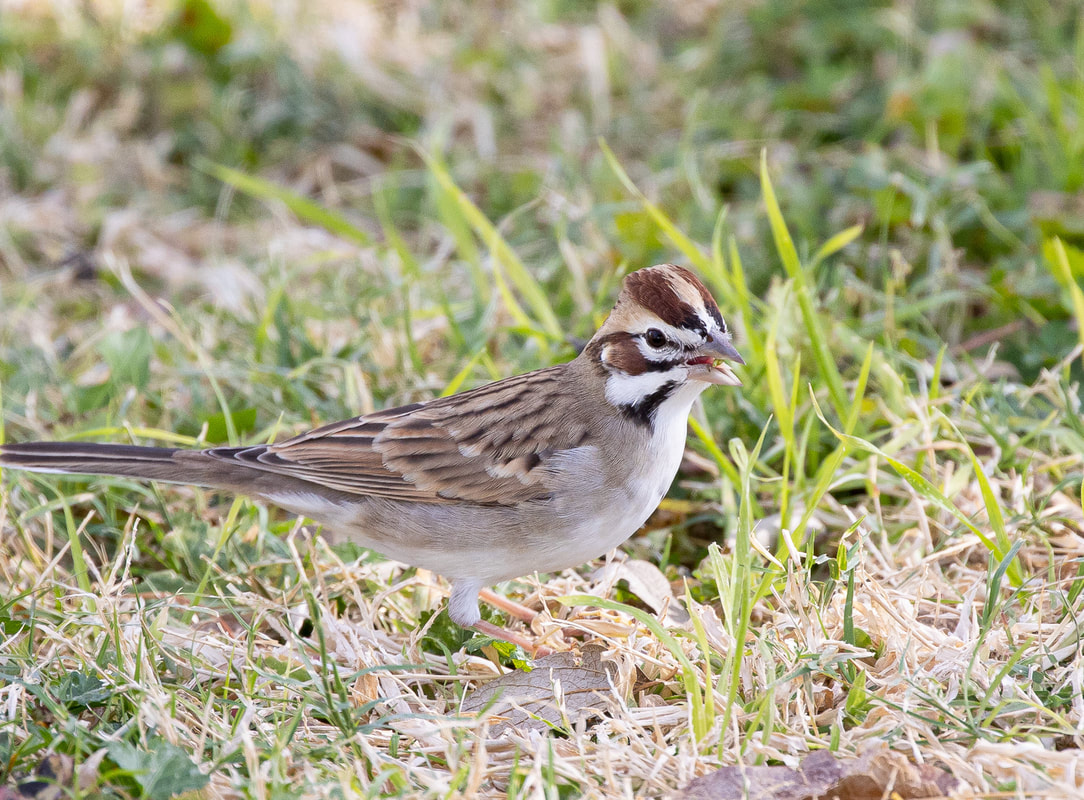
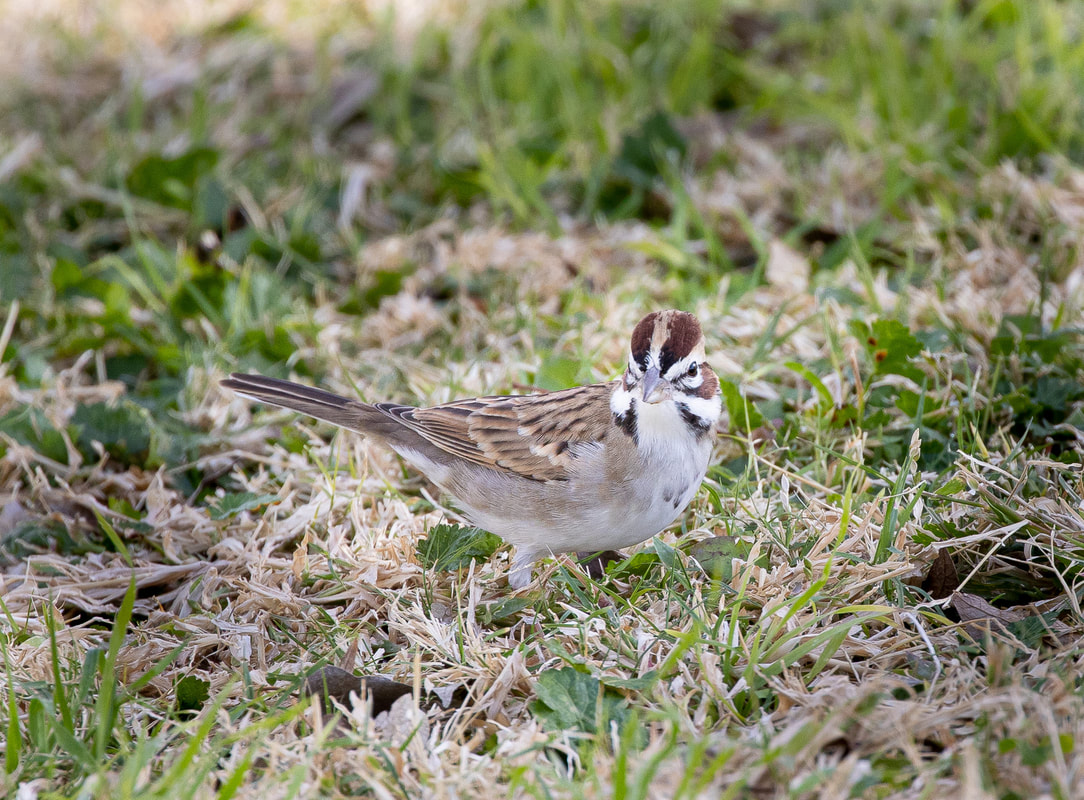
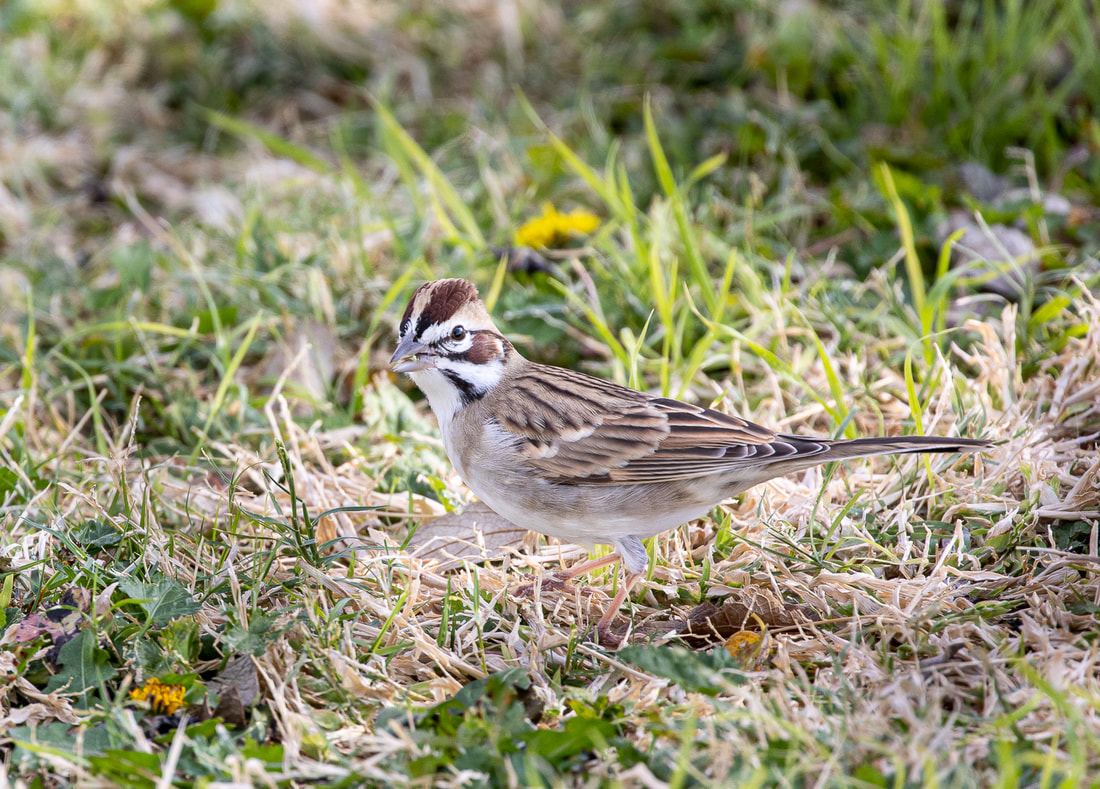
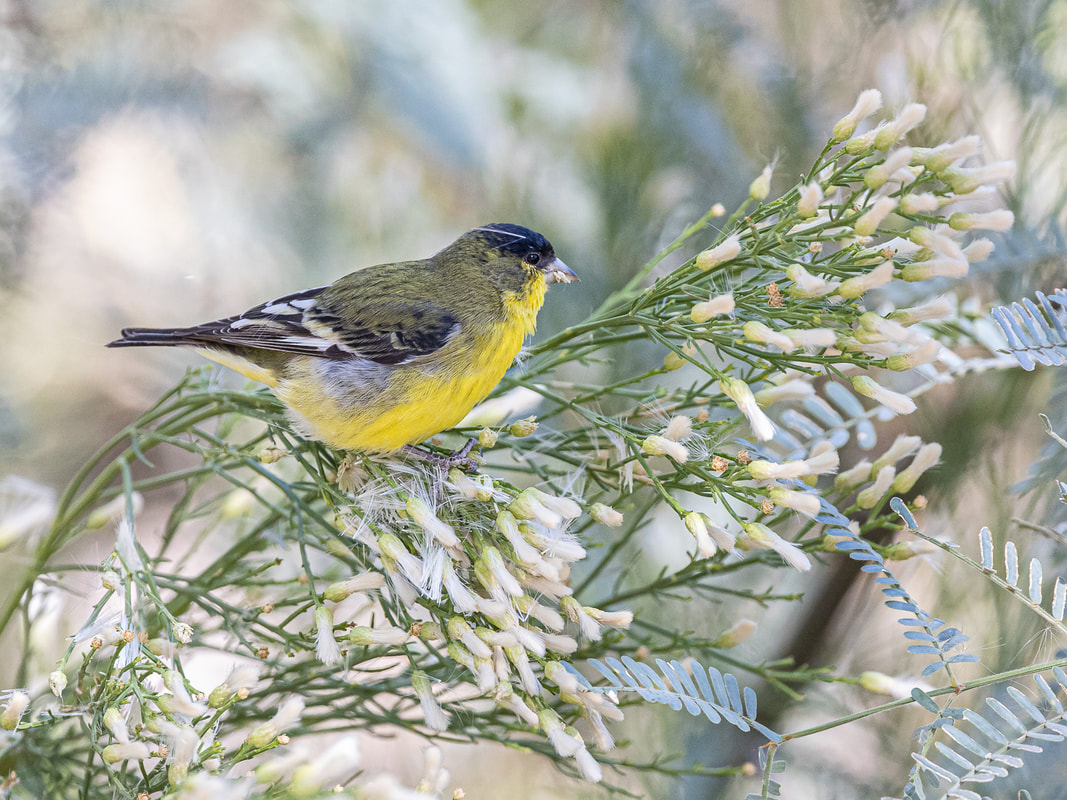
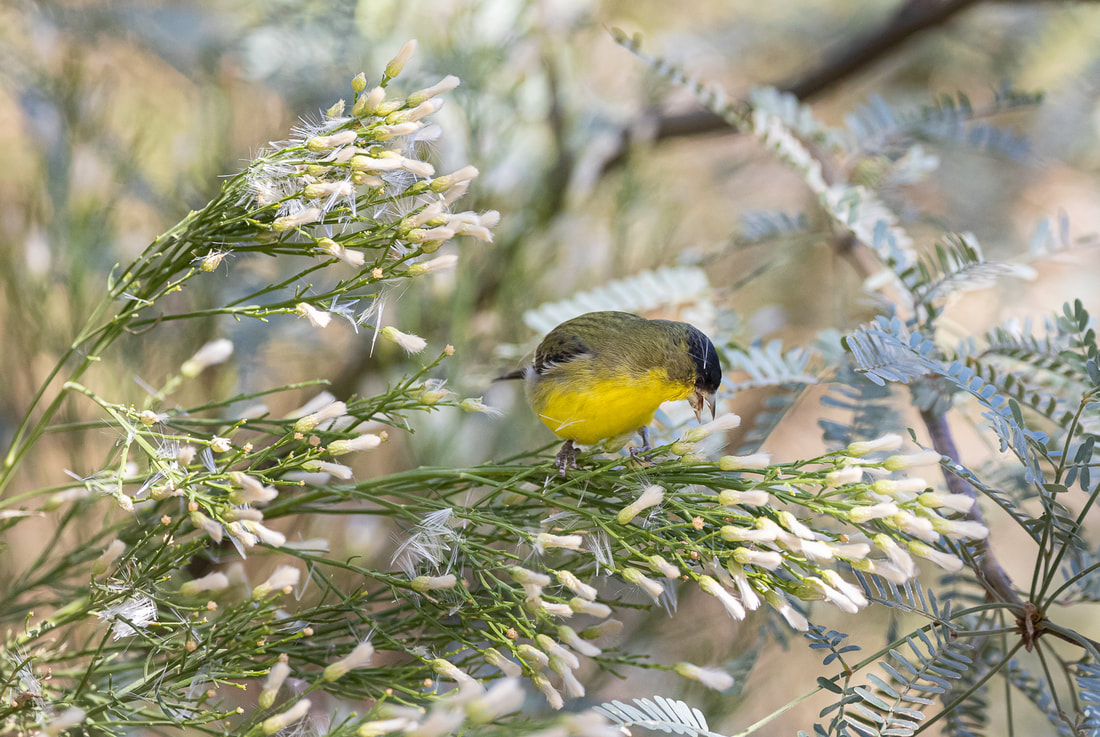
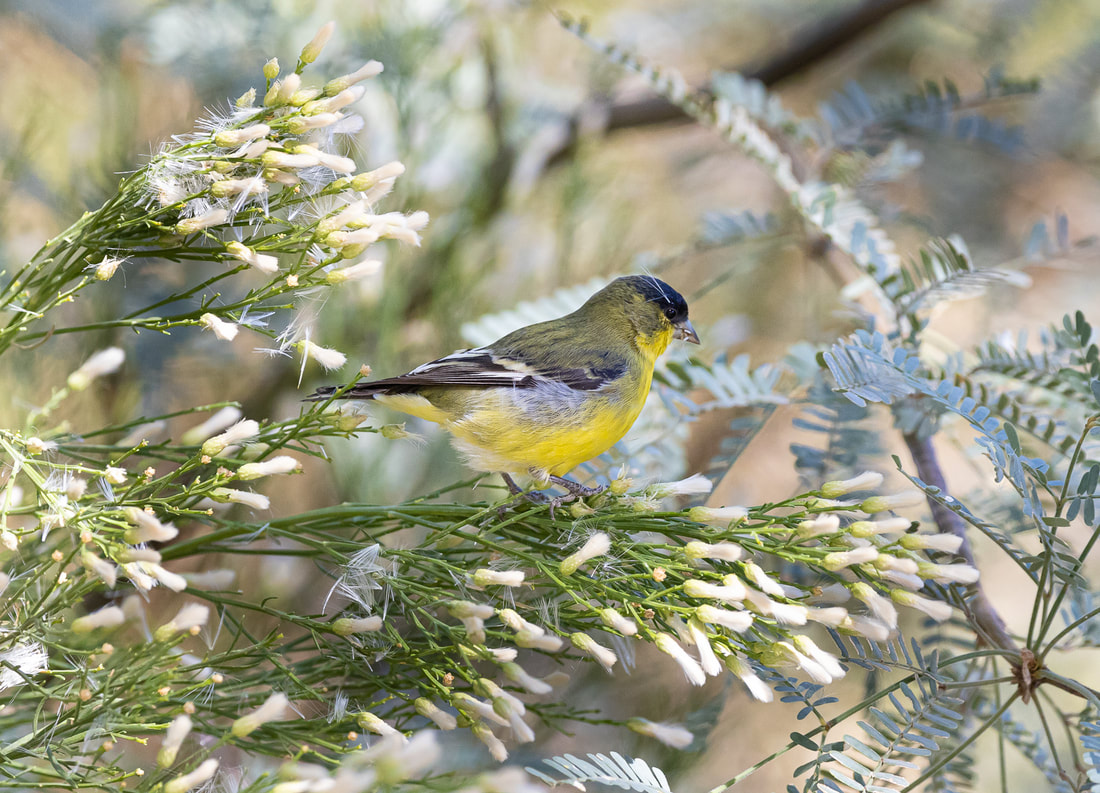
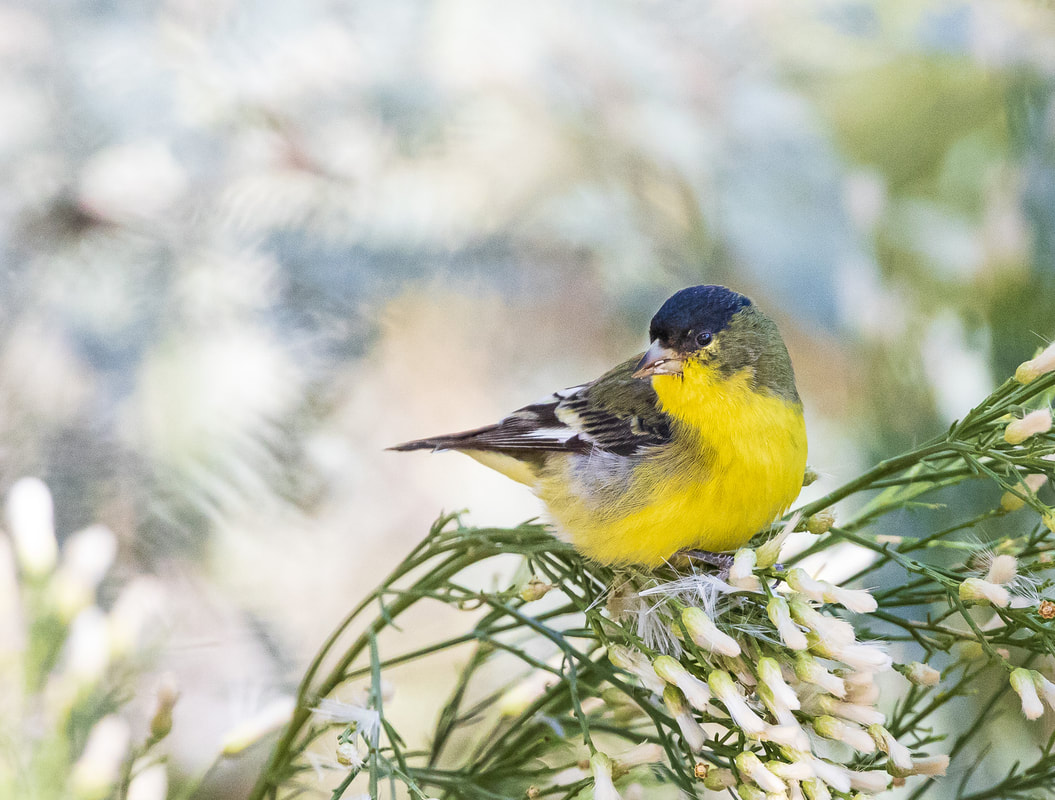
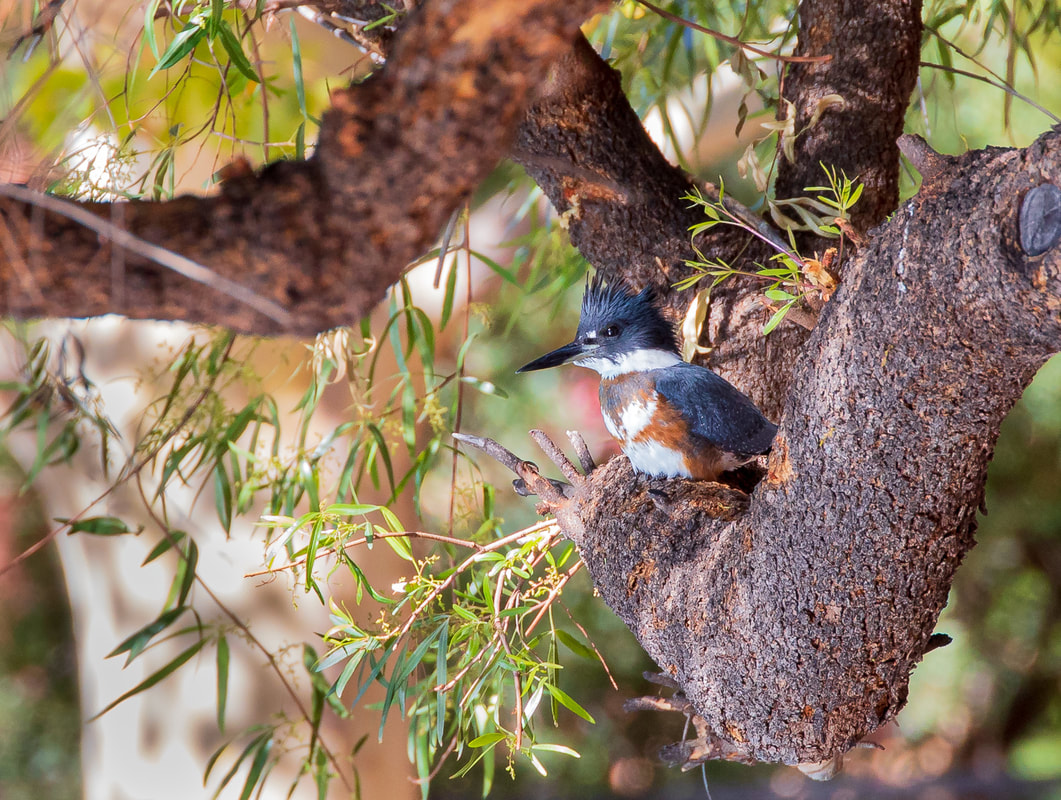
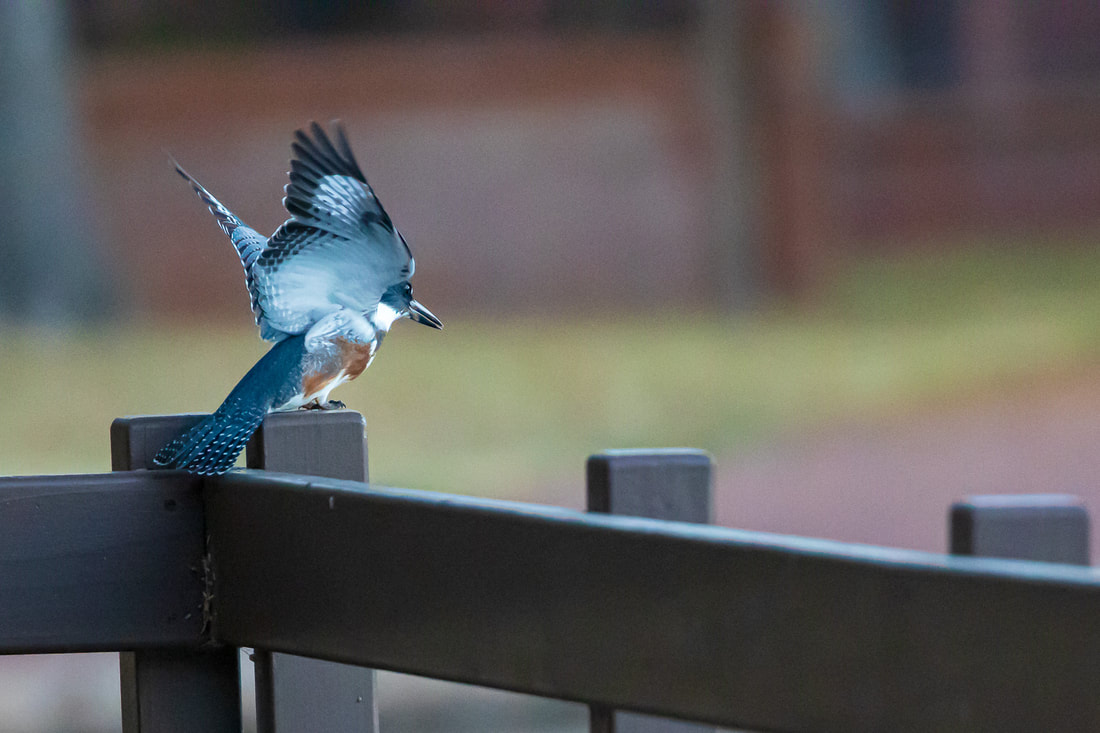
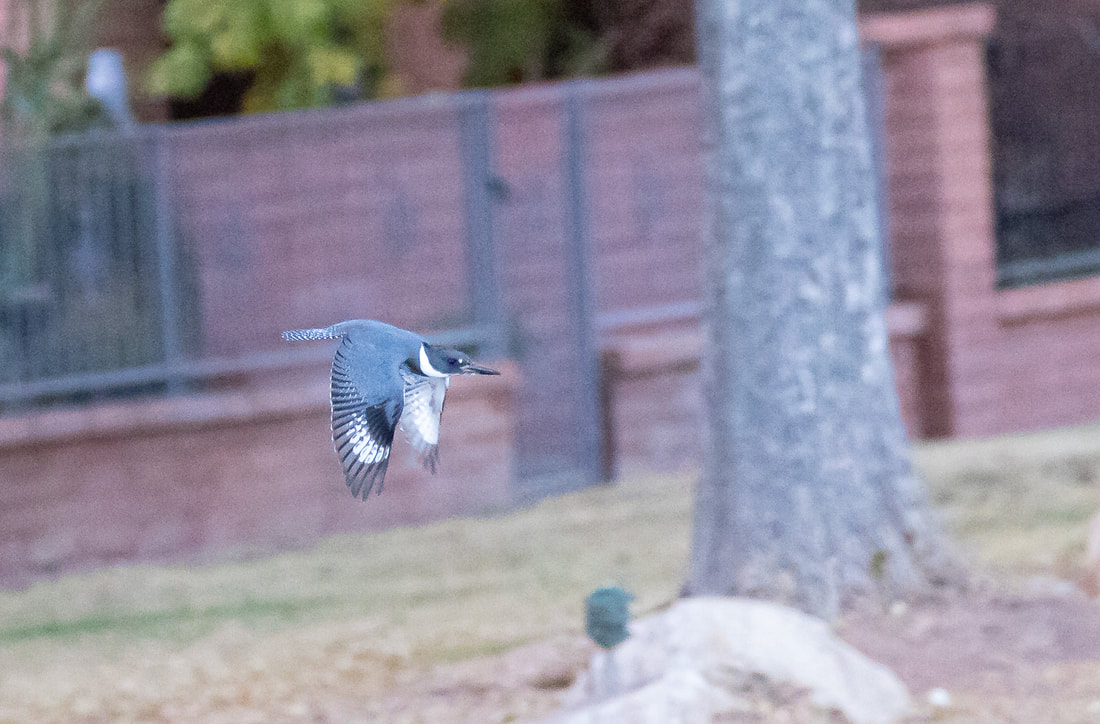
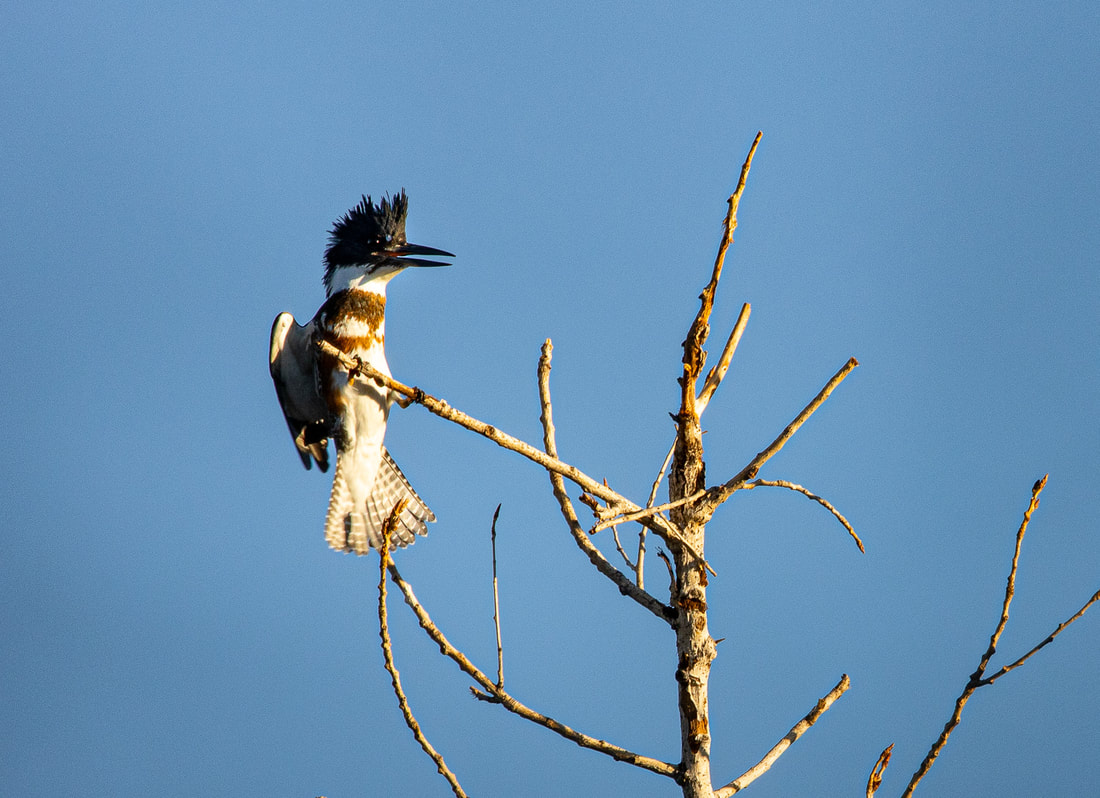
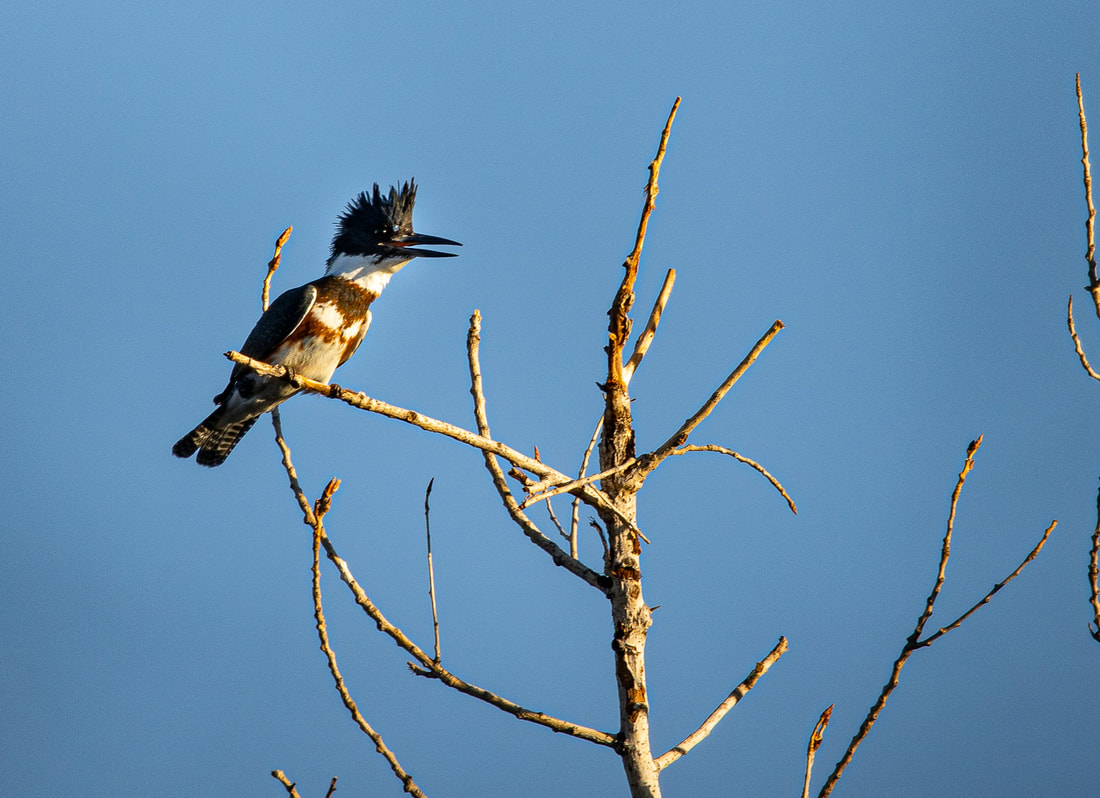
 RSS Feed
RSS Feed